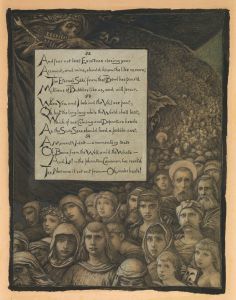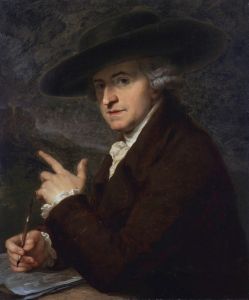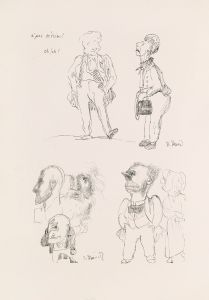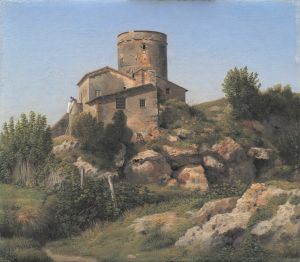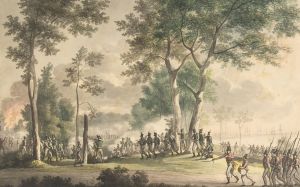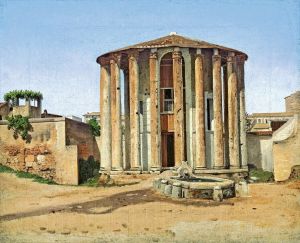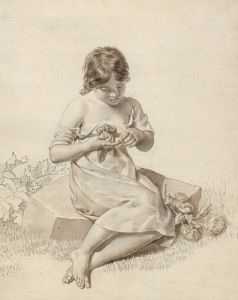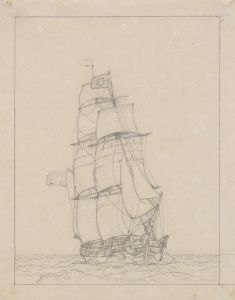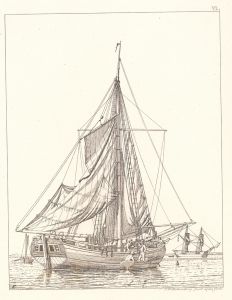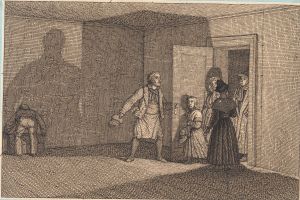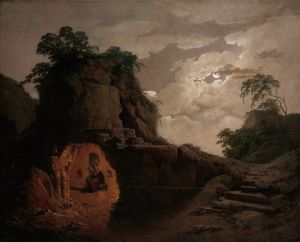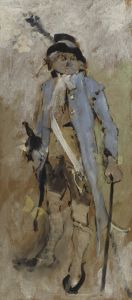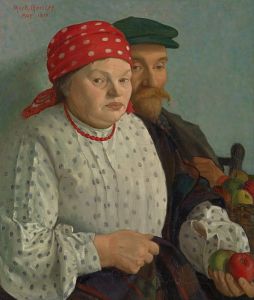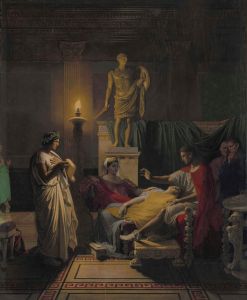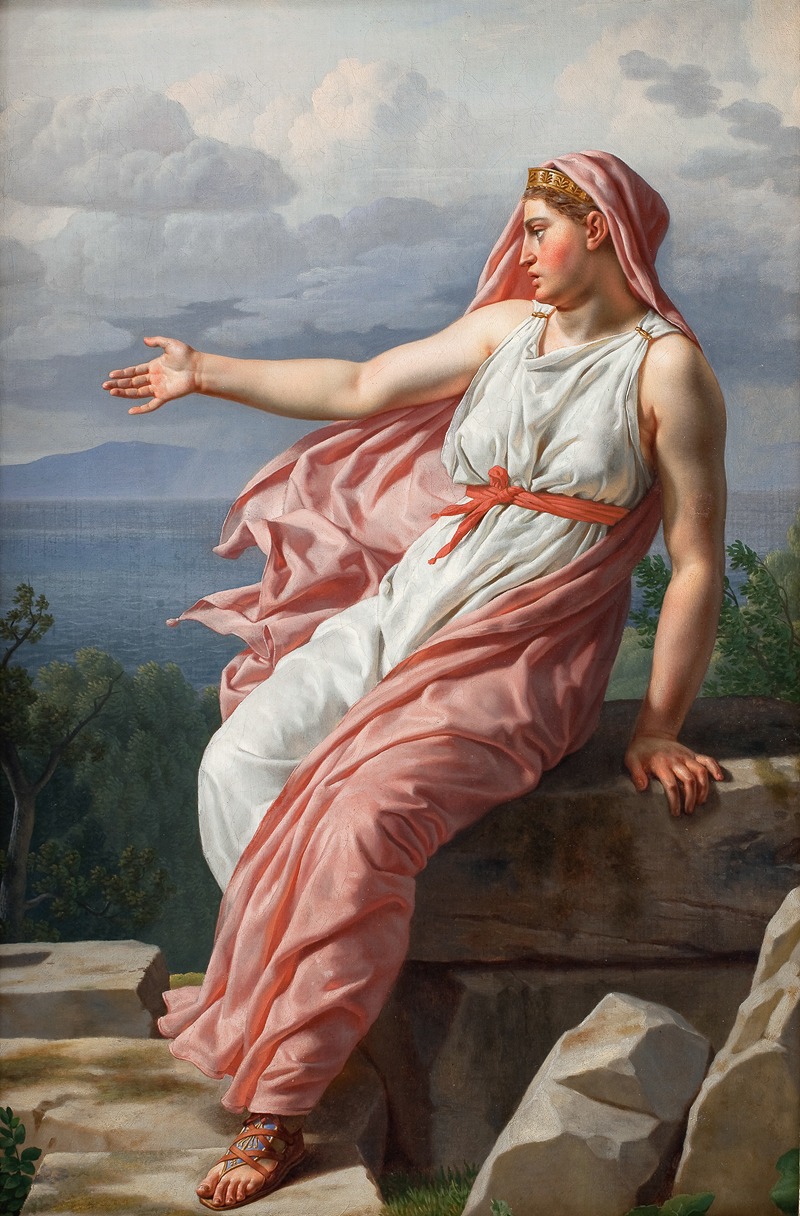
Alcyone’s Farewell to her Husband. From Ovid’s Metamorphoses, Song XI
A hand-painted replica of Christoffer Wilhelm Eckersberg’s masterpiece Alcyone’s Farewell to her Husband. From Ovid’s Metamorphoses, Song XI, meticulously crafted by professional artists to capture the true essence of the original. Each piece is created with museum-quality canvas and rare mineral pigments, carefully painted by experienced artists with delicate brushstrokes and rich, layered colors to perfectly recreate the texture of the original artwork. Unlike machine-printed reproductions, this hand-painted version brings the painting to life, infused with the artist’s emotions and skill in every stroke. Whether for personal collection or home decoration, it instantly elevates the artistic atmosphere of any space.
Christoffer Wilhelm Eckersberg, often referred to as the "father of Danish painting," was a prominent 19th-century Danish artist known for his significant contributions to the Danish Golden Age of painting. One of his notable works is "Alcyone’s Farewell to her Husband. From Ovid’s Metamorphoses, Song XI," which draws inspiration from classical mythology, a common theme in Eckersberg's oeuvre.
This painting illustrates a poignant scene from Ovid's "Metamorphoses," a Latin narrative poem comprising various mythological tales. The specific story depicted is from Book XI, which tells the tragic tale of Alcyone and Ceyx. In the myth, Ceyx, the king of Trachis, decides to consult an oracle and sets out on a sea voyage, despite the foreboding warnings of his wife, Alcyone. The painting captures the emotional farewell between the couple, highlighting themes of love, foreboding, and impending tragedy.
Eckersberg's work is characterized by its meticulous attention to detail and classical composition, reflecting his academic training and adherence to neoclassical principles. His ability to convey emotion through facial expressions and body language is evident in this painting, as Alcyone's sorrowful demeanor contrasts with Ceyx's determined yet tender farewell. The use of light and shadow in the painting enhances the dramatic tension of the scene, a technique Eckersberg mastered during his studies in Paris and Rome.
The painting also exemplifies Eckersberg's skill in rendering the human form with anatomical precision, a testament to his rigorous training at the Royal Danish Academy of Fine Arts and later under the tutelage of Jacques-Louis David in Paris. His time in Italy further influenced his style, as he absorbed the classical art and architecture that would permeate his works.
"Alcyone’s Farewell to her Husband" is part of Eckersberg's broader body of work that often explored historical, mythological, and biblical themes. His paintings are celebrated for their clarity, composition, and the ability to capture the essence of the narrative. This particular work is a fine example of how Eckersberg combined his technical prowess with storytelling, creating a piece that resonates with viewers through its emotional depth and classical beauty.
Eckersberg's influence on Danish art was profound, as he not only produced significant works himself but also taught and mentored a generation of Danish artists, including notable figures like Wilhelm Bendz and Christen Købke. His legacy is preserved in the collections of major museums, including the National Gallery of Denmark, where many of his works are displayed.
In summary, "Alcyone’s Farewell to her Husband" is a testament to Christoffer Wilhelm Eckersberg's mastery of neoclassical painting and his ability to bring mythological tales to life with emotional and visual impact. Through this work, Eckersberg continues to be celebrated as a pivotal figure in the history of Danish art.





